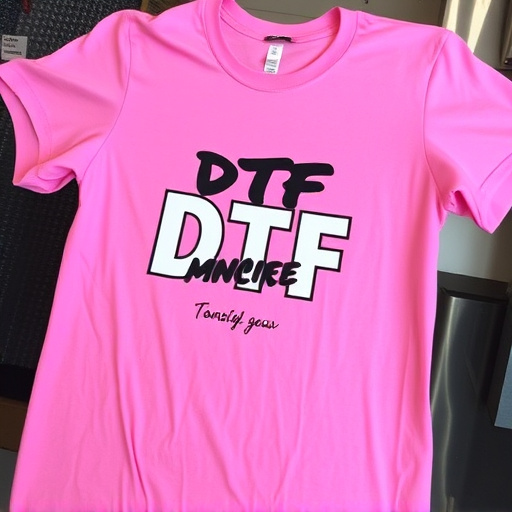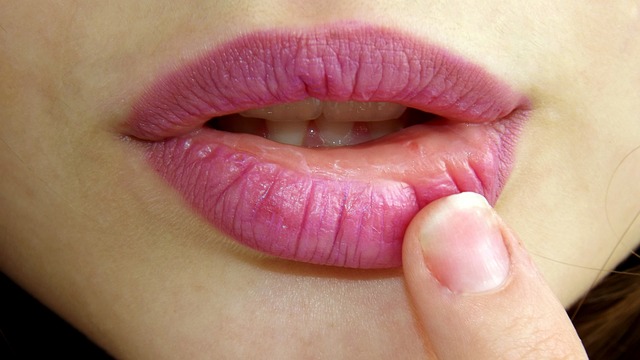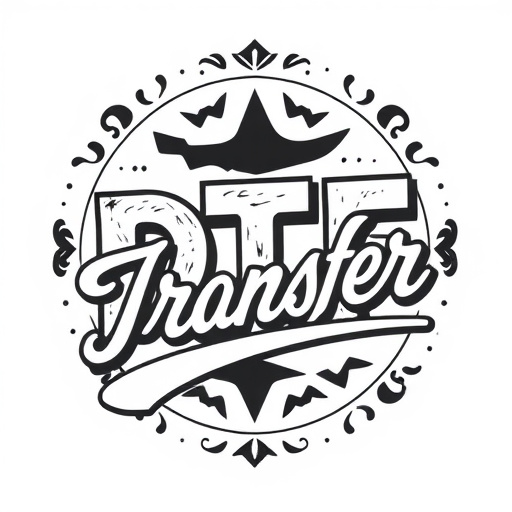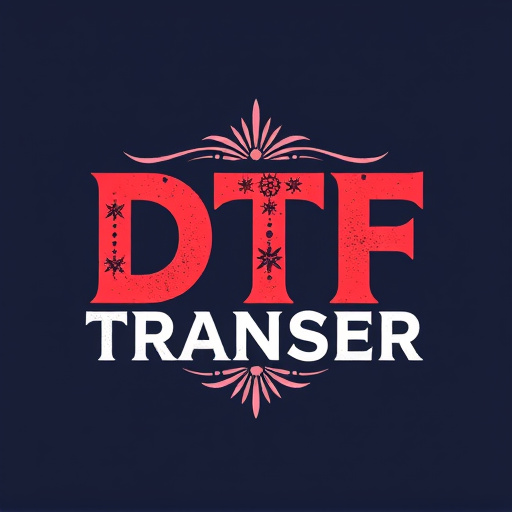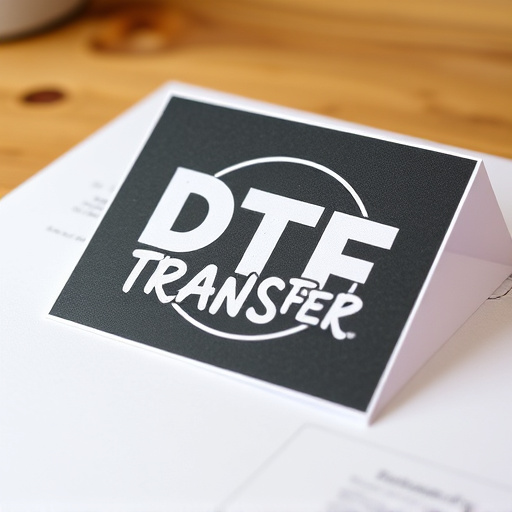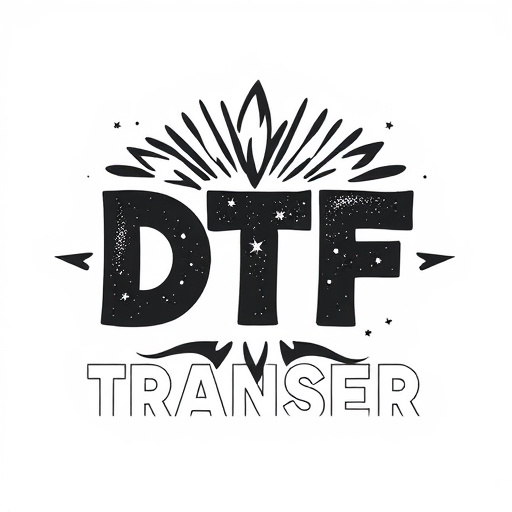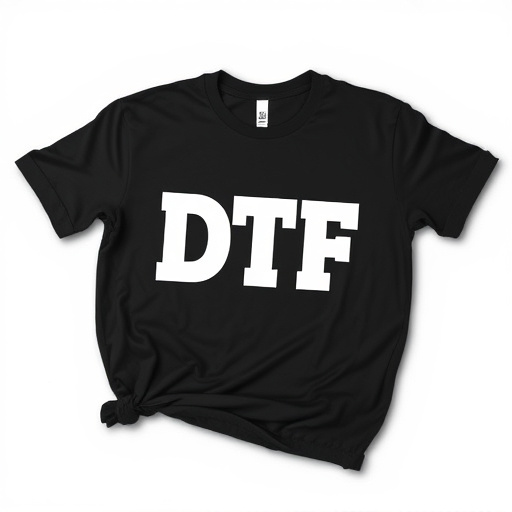Direct-To-Film (DTF) transfer technology is revolutionizing business customization by offering fast, efficient, and high-quality printing directly onto various surfaces. Local DTF providers offer cost-effective solutions with faster turnaround times compared to national chains, along with tailored advice and expert knowledge. To find reliable DTF services, leverage personal networks, prioritize specialized technicians, and check online reviews for transparency and quality control measures. The meticulous DTF process involves digital preparation, printing via heated pressing, and cutting transfers for ready-to-wear prints. In the digital era, DTF printing enhances products across industries with intricate designs and vibrant colors resistant to harsh conditions. Future trends include AI advancements, sustainable materials, AR integration, and 3D printing, promising enhanced quality, variety, and innovation in local DTF transfer services.
In today’s competitive market, businesses seek innovative ways to enhance their branding and marketing. Direct-To-Film (DTF) transfer has emerged as a game-changer, offering unparalleled customization for various media applications. This article explores the world of DTF, highlighting its benefits for cost and efficiency. We’ll guide you through identifying local providers, understanding the process from design to print, and examining real-world industries adopting this technology. Get ready to unlock your brand’s potential with DTF Transfer!
- Understanding Direct-To-Film (DTF) Transfer: Unlocking Customization for Businesses
- Benefits of Using Local DTF Transfer Providers: Cost-Effective and Efficient Solutions
- How to Identify Reputable DTF Printing Services in Your Area
- The Process: From Design to Final DTF Prints
- Real-World Applications: Industries Leveraging DTF Technology
- Future Trends: Exploring the Evolution of DTF Transfer and Its Impact
Understanding Direct-To-Film (DTF) Transfer: Unlocking Customization for Businesses
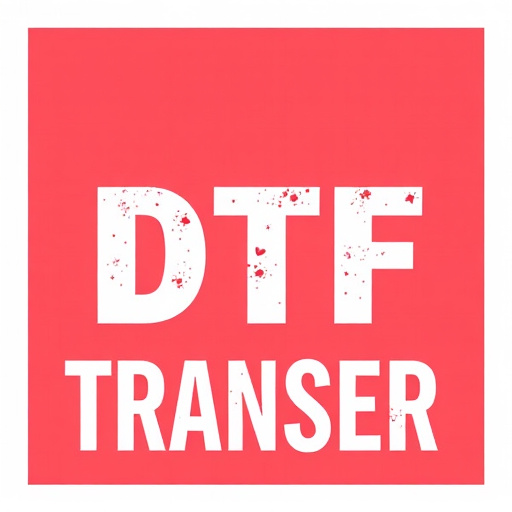
Direct-To-Film (DTF) transfer is a cutting-edge printing technology that’s revolutionizing the way businesses approach customization. Unlike traditional printing methods, DTF allows for direct application of designs onto various surfaces, from clothing and textiles to signs and displays. This innovative process unlocks a realm of possibilities for local businesses by enabling them to create personalized, high-quality prints with remarkable speed and efficiency.
By leveraging DTF transfer, companies can seamlessly integrate custom design elements into their product offerings or marketing campaigns. Whether it’s printing logos on apparel, creating eye-catching signage for shops, or personalizing promotional items, DTF offers unparalleled versatility. Moreover, the technology ensures that final prints are durable and vibrant, enhancing the overall customer experience. In today’s competitive market, understanding and implementing DTF transfer can be a game-changer, allowing businesses to stand out from the crowd while catering to their clients’ demand for unique, customized products.
Benefits of Using Local DTF Transfer Providers: Cost-Effective and Efficient Solutions
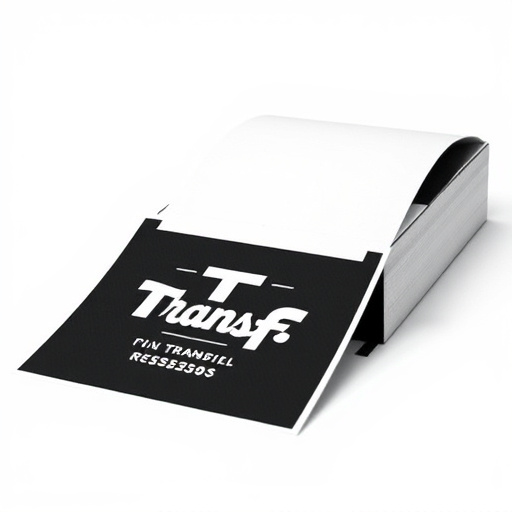
Using local direct-to-film (DTF) transfer providers offers a host of benefits for customers seeking high-quality printing solutions. One of the primary advantages is cost-effectiveness. Local DTF providers often have lower overhead costs compared to larger, national chains, allowing them to pass on savings to their clients. This means that businesses and individuals can enjoy competitive pricing without compromising on print quality.
Additionally, these local providers offer efficient services. With faster turnaround times and often same-day printing options, they ensure that customers receive their DTF prints promptly. This efficiency is particularly valuable for time-sensitive projects or when urgent orders are required. Local expertise also enables them to provide tailored advice, ensuring the best results for each unique client and print requirement.
How to Identify Reputable DTF Printing Services in Your Area
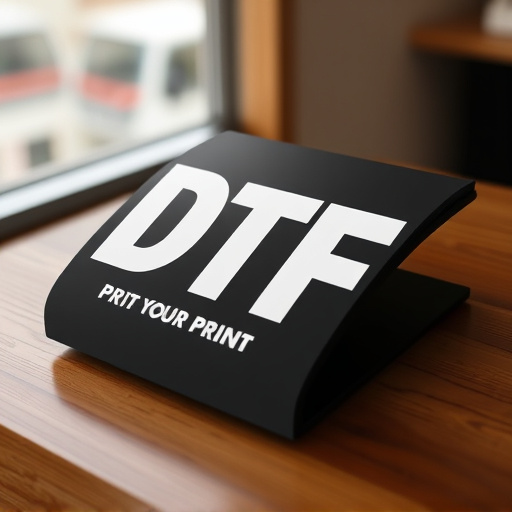
When searching for reputable DTF (Direct-to-Film) transfer services in your area, start by asking around—word-of-mouth recommendations from friends, family, or fellow businesses can be a powerful indicator of quality. Look for providers that specialize in DTF printing, as they’ll have the expertise and equipment to deliver crisp, vibrant DTF prints. Online reviews are also invaluable; check local business directories, social media platforms, and review sites to gauge customer satisfaction.
Reputable DTF transfer services should offer transparency in their processes, showcasing their facilities and quality control measures. Ensure they provide detailed information about the types of materials they work with and the technologies employed for printing. Look for certifications and industry affiliations, which demonstrate a commitment to quality and best practices in DTF printing.
The Process: From Design to Final DTF Prints
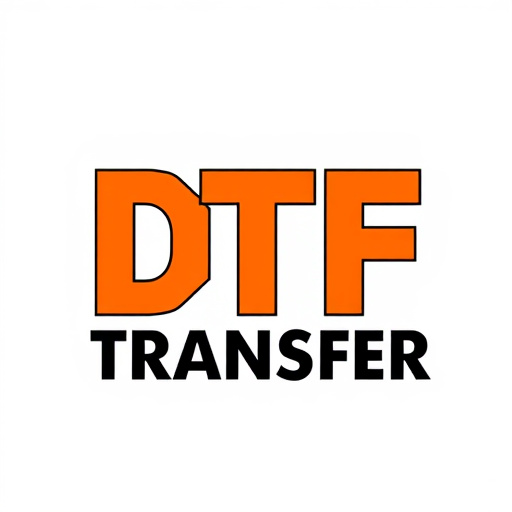
The process of creating local direct-to-film (DTF) transfers involves a series of meticulous steps ensuring high-quality prints. It begins with design, where customers or artists provide artwork, which is then digitally prepared for printing. This preparation includes vectorizing images and ensuring the design is optimized for DTF transfer. Skilled technicians use specialized software to layout the design onto transparent film, meticulously aligning it for precise application onto various surfaces.
Once the design is finalized, the actual DTF printing process commences. The film is carefully placed over a substrate, typically a t-shirt or other fabric, and then pressed using heat and pressure. This innovative technique fuses the ink directly into the fabric fibers, resulting in vibrant, long-lasting prints. After printing, the DTF transfers undergo quality control checks to ensure precision and color accuracy. The final step involves cutting the transfer around the design, yielding a perfect, ready-to-wear DTF print that customers can wear or display.
Real-World Applications: Industries Leveraging DTF Technology

In today’s digital age, Direct-to-Film (DTF) transfer technology has found its way into various industries, revolutionizing their processes and opening up a world of possibilities for unique applications. This innovative method allows for precise and efficient printing directly onto a wide range of materials, from plastic and glass to metal and wood, making it a versatile tool in numerous sectors.
One of the key benefits of DTF technology is its ability to create high-quality, durable prints that withstand harsh conditions. Industries such as automotive, signage, and even fashion are leveraging DTF transfers to enhance their products. For example, car manufacturers use DTF printing to apply intricate designs and logos directly onto vehicle parts, ensuring a long-lasting and visually appealing finish. Similarly, sign makers can create vibrant, weather-resistant signs and displays, while fashion designers incorporate DTF transfers into clothing and accessories, enabling them to offer limited-edition, custom-designed pieces at scale.
Future Trends: Exploring the Evolution of DTF Transfer and Its Impact
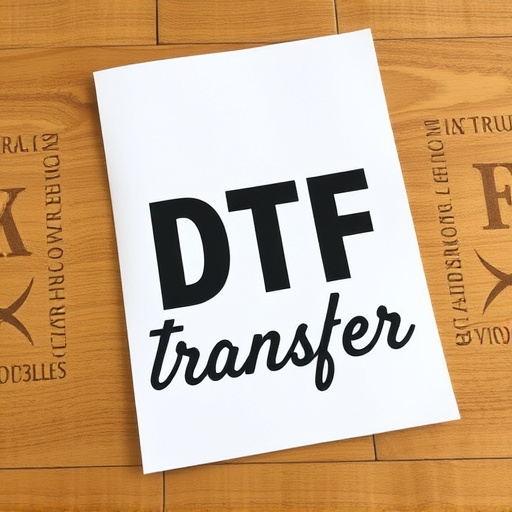
The future of direct-to-film (DTF) transfer technology looks promising, with continuous innovations pushing the boundaries of what’s possible in print and design. As consumer demand for custom, on-demand products grows, DTF Transfer is poised to play a significant role in shaping the local printing industry. Advanced printers are already incorporating AI and machine learning algorithms to automate processes, improve precision, and enhance color accuracy, making high-quality DTF prints more accessible and affordable.
Additionally, sustainable practices are gaining traction, with eco-friendly materials and ink formulations reducing environmental impact. The integration of new technologies like augmented reality (AR) and 3D printing could further revolutionize DTF Transfer, offering customers interactive and personalized experiences. These future trends not only promise to enhance the quality and variety of DTF prints but also to streamline production, cater to diverse market needs, and drive innovation within local direct-to-film transfer services.


